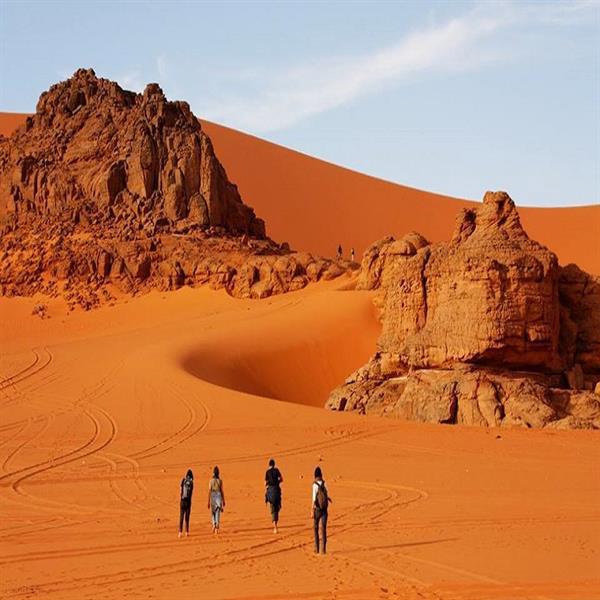Kerman
The largest and most developed city and the most important city in the southeast of Iran, which it is the 10th most populous city of Iran, that is called Kerman. At the 2011 census, its population was 821,374, in 221,389 households. This city is famous for its long history and strong cultural heritage. The city is home to many historic mosques and Zoroastrian fire temples. This city became capital city of Iranian dynasties several times during its history. It is located on a large, flat plain, 800 km (500 mi) south-east of Tehran, the capital of Iran.

Description
This historical city was founded as a defensive outpost, with the name Veh-Ardashir, by Ardashir I, founder of the Sasanian Empire, in the 3rd century AD. After the Battle of Nahāvand in 642, the city came under Muslim rule. At first the city's relative isolation allowed Kharijites and Zoroastrians to thrive there, but the Kharijites were wiped out in 698, and the population was mostly Muslim by 725. Already in the eighth century the city was famous for its manufacture of cashmere wool shawls and other textiles. The Abbasid Caliphate's authority over the region was weak, and power passed in the tenth century to the Buyid dynasty, which maintained control even when the region and city fell to Mahmud of Ghazni in the late tenth century.
The name of this ancient city was adopted at some point in the tenth century. Kerman is among several cities in Iran with a strong cultural heritage, which is expressed in the local accent, poetry, local music, handicrafts and customs that this city has introduced to the world.
About Zoroastrians museum
The only anthropology Iran museum of Zoroastrians in the world, which showcases the ancient history of Zoroastrians, is in Kerman’s Fire Temple. The idea of launching the museum along with the library of Zoroastrian Society came to light in 1983, when the head of the society, Parviz Vakhashouri, and the former head of the library, Mehran Gheibi, collected cultural heritage artifacts of Kerman’s Zoroastrian community. These two officials added many other objects to this collection. The museum was officially inaugurated during Jashn-e Tirgan in 2005 by Iran’s Cultural Heritage, Handicrafts and Tourism Organization (ICHHTO).
About events
Jashn-e Tirgan is an ancient Iranian rain festival observed on July 1. The festivity refers to archangel Tir (literally meaning arrow) or Tishtar (lightning), who appear in the sky to generate thunder and lightning for providing much needed rain. The Sadeh ceremony is celebrated every year in there.
Attractions and souvenirs
The archeological ancient areas of Jiroft and Tappe Yahya Baft are located south of this city. Rayen Castle is also located in Rayen town, southeast of the city.
Some of the handicrafts and souvenirs of the province of the city are traditional embroidery known as pateh, carpets, rugs, jajeems, Kilims (a coarse carpet), satchels, and other hand woven articles. Caraway seeds and pistachio of Rafsanjan and the city are best of the main items of this province.

